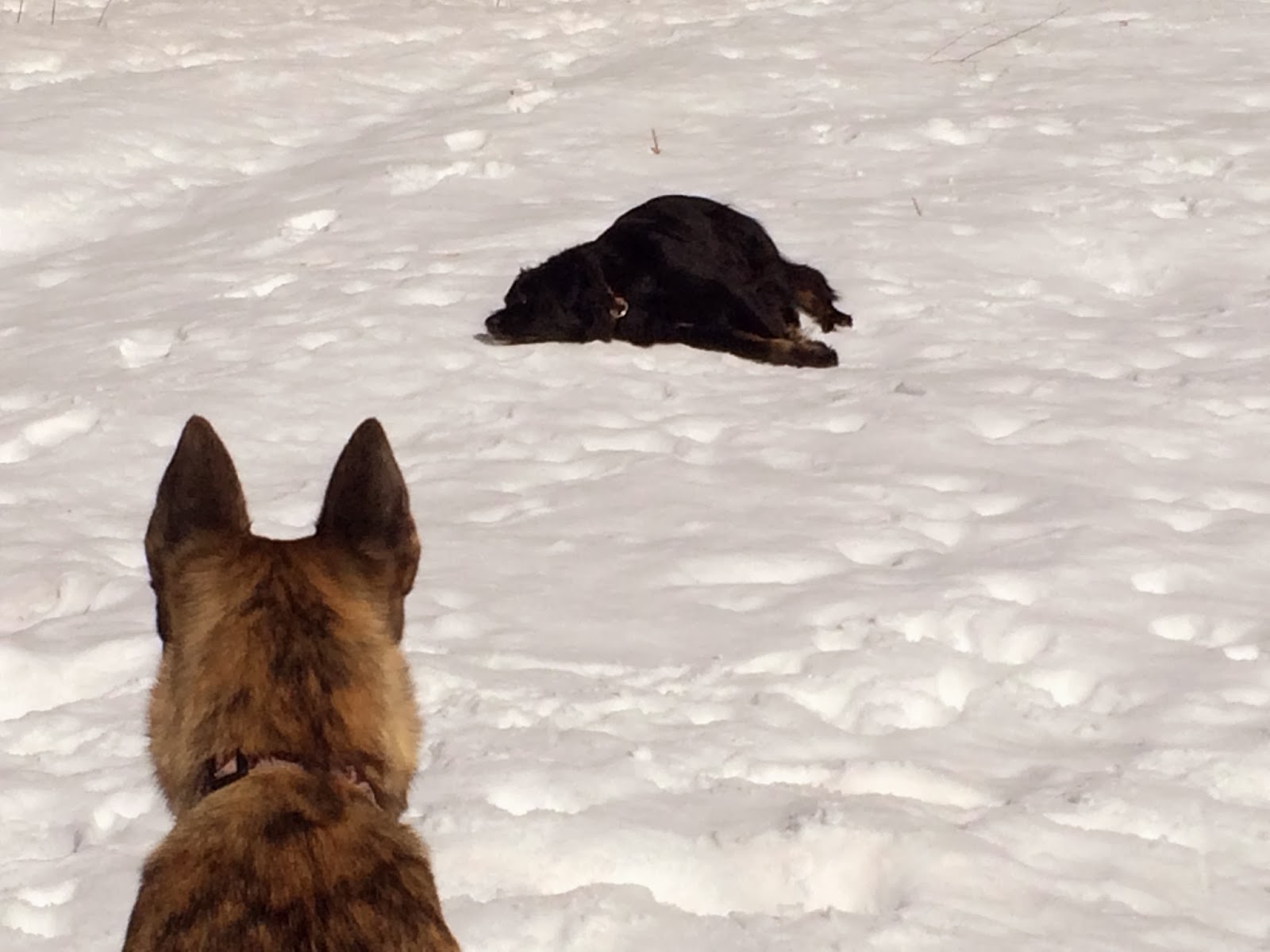When I visit my parents at their Winterberry Farm in western Massachusetts in March, I search out the woodland seeps behind the house. It is there that I find one of my favorite early spring emergents: skunk cabbage. Despite its name, it is a beautiful plant in form and color.
The flowers emerge protected by the hood, which is a modified leaf called the spathe. The hood comes in shades of maroon and green and is often speckled, and carefully protects the flower that remains mostly hidden inside. The skunk-like smell of the flower attracts small flies and beetles at a time when the surrounding trees and shrubs are still leafless.
Skunk cabbage is avoided by most mammals. Bears apparently seek it out when they emerge in spring from hibernation. On my skunk cabbage excursion yesterday I noticed that many of the plants were chewed. I considered squirrels, rabbits, or turkeys as the possible nibblers. All three are common here and signs of their tracks were evident in the snow. I decided it was turkeys that had pecked at these cabbages, but maybe it was one of the others.
Skunk cabbage flowers and their protective hood emerge when the ground is still snow-covered. The flowers generate excessive heat during respiration, which melts the snow around them---as you can see in the photos below.
Soon, the spear-like tightly packed buds of leaves will emerge next to the hoods. In another month the leaves will unfold, turning the brown-colored seep into a sea of green.
Until then, I'll enjoy seeing the multi-colored hoods poke through snow and leaf litter as spring slowly unfolds this year.



























